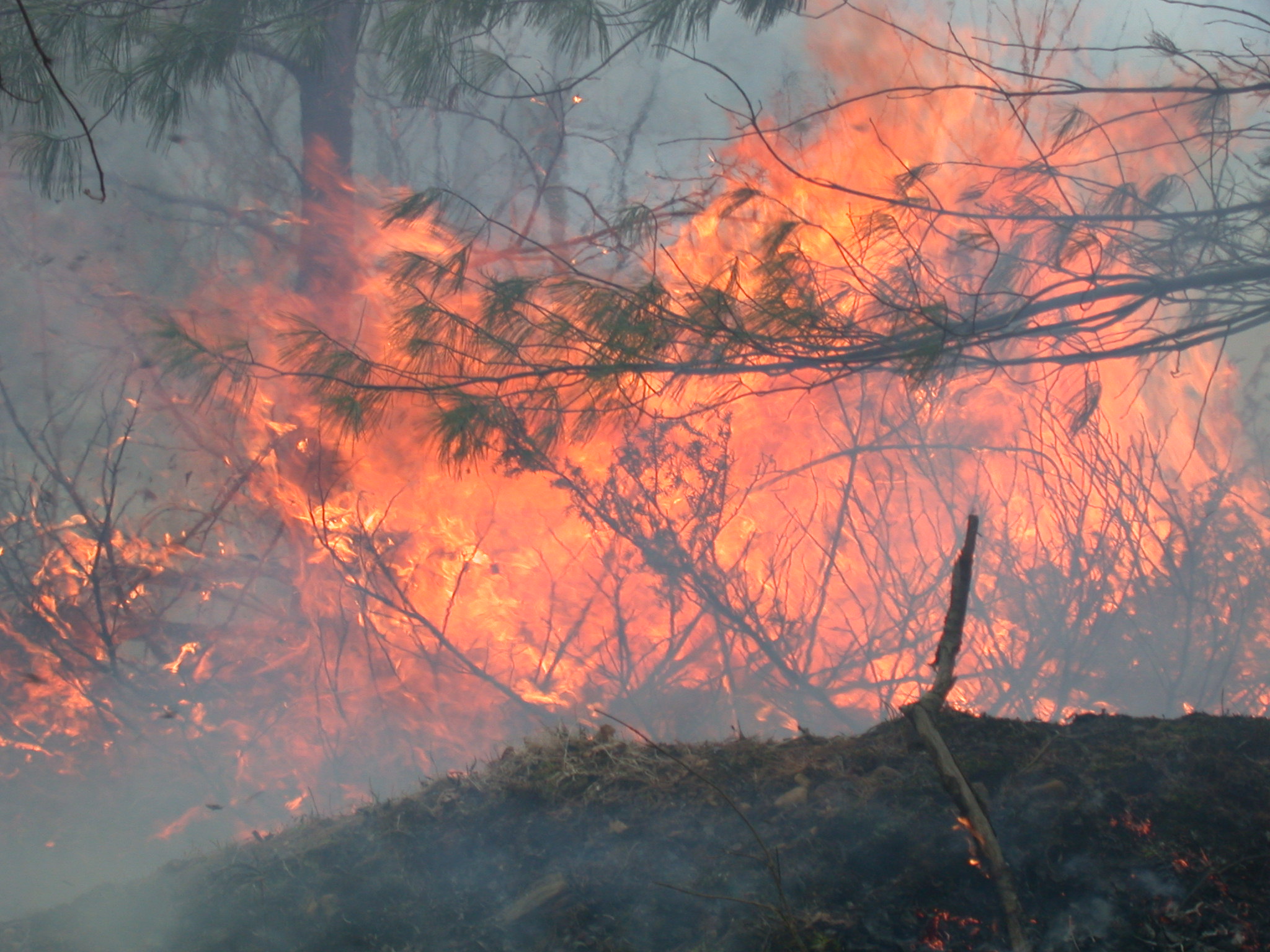Threats to Connecticut Tree and Forest Health
Insects - Diseases - Invasive Plants - Forest Fragmentation - How to Help
CT DEEP monitors and assesses the factors that influence the health of Connecticut's forests. We work in cooperation with state, federal, and municipal, and non-governmental agencies to detect, manage, and treat all factors that negatively impact our state forests.
Insects
Native and non-native invasive insects can cause significant damage to forests.
Invasive insects are often transported through international trade and make their way across the country in cargo, shipping materials, and even personal travel. For this reason, the Department of Energy and Environmental Protection has firewood regulations in place to stop the spread of invasive insects.
Currently, there are a number of invasive insects that impact or are expected to impact Connecticut forests:
- Asian longhorned beetle
- Emerald ash borer
- Hemlock woolly adelgid
- Jumping worm
- Southern pine beetle
- Spongy moth
- Spotted lanternfly
- Winter moth
The twolined chestnut borer is a native insect that can severely impact oak trees in Connecticut, particularly following drought and spongy moth (previously referred to as gypsy moth) outbreaks. The Connecticut Agricultural Experiment Station provides guidance on invasive insects and control methods.
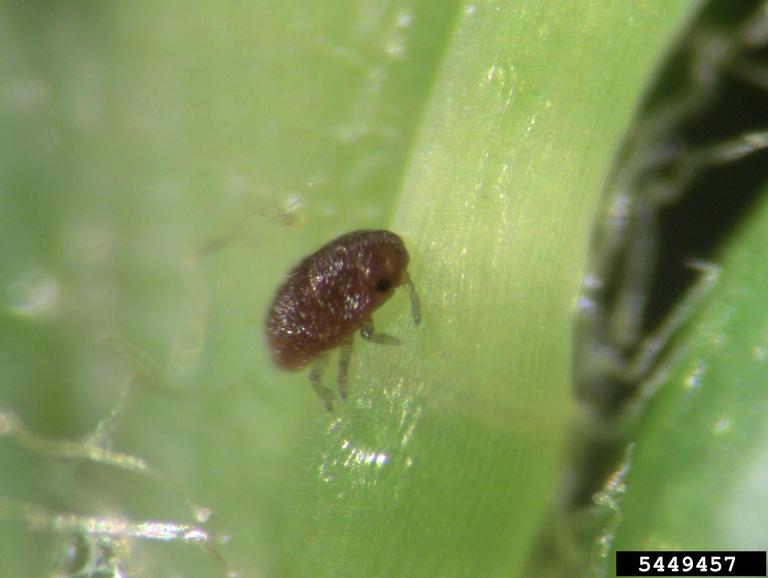
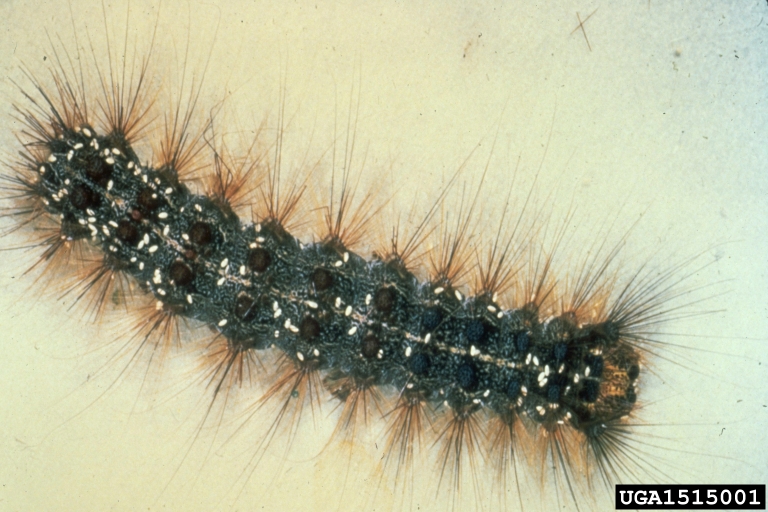
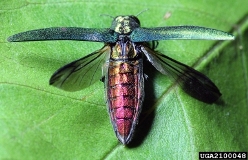
![]()
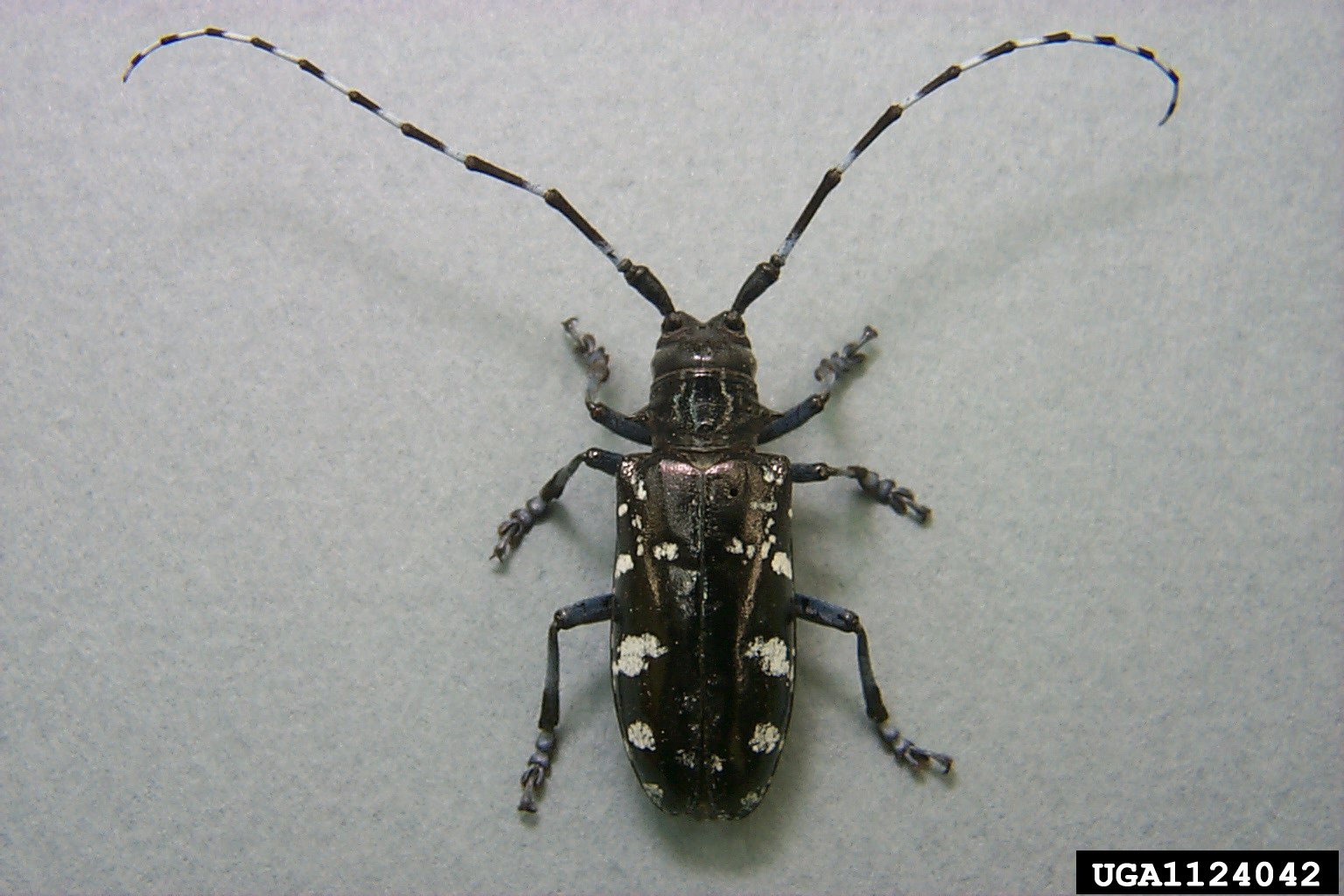
Diseases
Diseases can be caused by a variety of organisms, including bacteria, viruses, nematodes, and most commonly, fungi. Diseases such as chestnut blight and Dutch elm disease have caused some of the most serious causes of tree mortality within the state. Many diseases are invasive, but there are a large number of equally deadly diseases that are not necessarily recent invaders.
Diseases that impact or are expected to impact Connecticut's forests are:
- Anthracnose diseases
- Beech leaf disease
- Beech bark disease
- Chestnut blight
- Dutch elm disease
- Oak wilt
- Verticillium wilt
Invasive Plants
Invasive plants thrive and spread widely outside their native range. Where active forest management is lacking, it is common for non-native plants to outcompete native vegetation. This significantly limits tree regeneration and the establishment of beneficial native plants to which our wildlife is adapted.
Invasive plants:
- Impact water quality,
- Compromise wildlife health and the associated food chain,
- Prevent the establishment and growth of native vegetation,
- Reduce forest health, resiliency, and adaptability,
- Impact recreational opportunities, making outdoor areas impassible and unsightly,
- Can impact human health, increasing the likelihood of contracting Lyme disease (specific to Japanese barberry),
- Decrease a forest's carbon storage potential,
- Decrease biodiversity, and
- Impact timber production and the forest products industry.
As a result of the damage invasive plants create, there are now travel laws that ban the movement of plants across certain state and country borders. The USDA provides information regarding the movement of plants.
The Connecticut Invasive Plant Working Group (CIPWG) maintains an Invasive Plant List for Connecticut, including trees. New, southerly invasive species are expected to enter Connecticut, and it is important to stay up-to-date on invasive plant identification and knowledge. CIPWG's Invasive Plant Photo Notebook is a useful picture guide to these plants.
As a starting point to learn more or find out how you might get assistance in managing invasive plants, it is suggested you visit the website of the USDA Natural Resources Conservation Service (NRCS). Control of invasive plants is necessary in Connecticut, but planting and encouraging native alternative species will also lessen the spread. There are many native alternative species to invasive plants.
Forest Fragmentation
Forests are complex systems. When forests are fragmented (separated into smaller parcels), this can impact vegetation, wildlife, and the overall ecosystem.
Common causes of fragmentation include:
- Construction of roads,
- Use of land for agriculture,
- Development of utility corridors, and
- Building of subdivisions.
Fragmentation has a more permanent effect on the forest than other forces that cause temporary disturbance to the forest canopy, such as harvests and extreme weather. Fragmentation does not allow the forest to restore itself, and the forest cannot regain its former characteristics.
The Center for Land Use Education and Research (CLEAR) is a source of information on forest fragmentation in Connecticut. On the CLEAR website, you can view forest fragmentation by individual town or statewide, and you can observe the overall forest fragmentation patterns in Connecticut since 1985.
How to Help Connecticut's Forests
- Contact a licensed Arborist for specific residential and community tree concerns. Contact your Service Forester for guidance if you own or manage 10 or more acres of forested land. Contact your Urban Forester for guidance on growing and managing urban and community forests.
- Prevent the spread of invasive plants and insects: do not dispose of living ornamental plants, fish, animals, or insects in ecosystems such as water bodies or forests.
- Clean recreational gear, including bicycle tires, boats, and boots, after any outing to prevent the spread of invasive species to other areas.
- Do not carry firewood long distances. Burn it where you buy or cut it.
- Monitor your property for invasive plants, insects, tree diseases, and damage.
- Learn how to control invasive plants and manage invasive insects around your property.
- Avoid planting invasive ornamental plants on your property. Plant native species instead.
- Reduce your carbon footprint. One important way of doing this is to substitute concrete, plastics, and steel with wood products. Support local and shop CT Grown.
For more information, please contact the Division of Forestry
deep.forestry@ct.gov or 860-424-3630
Content last updated August 2025.



.jpg)
